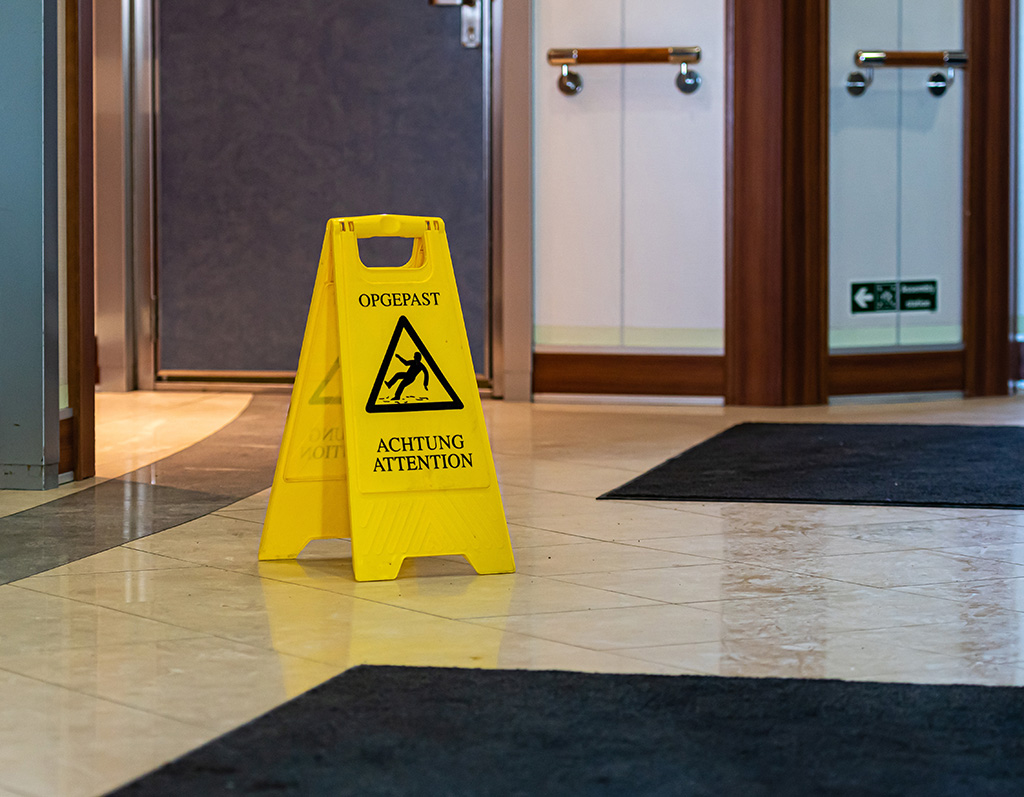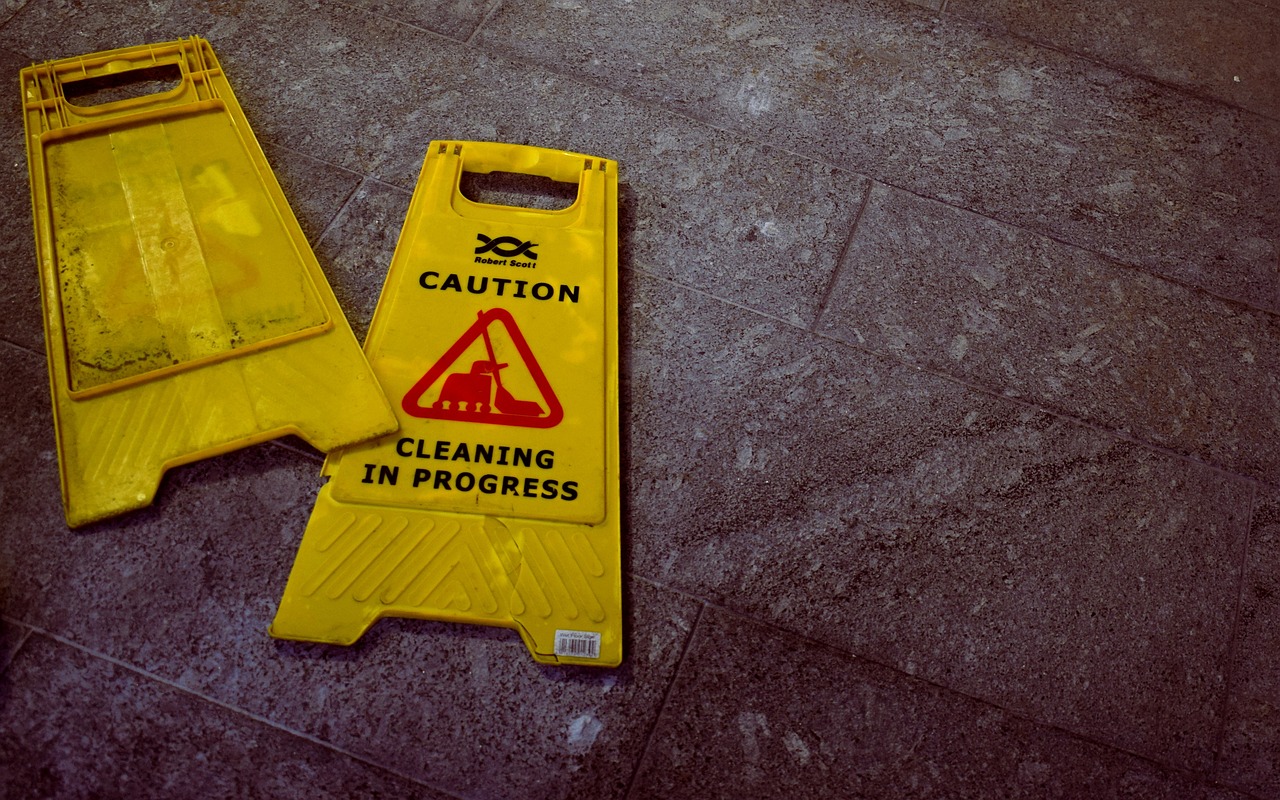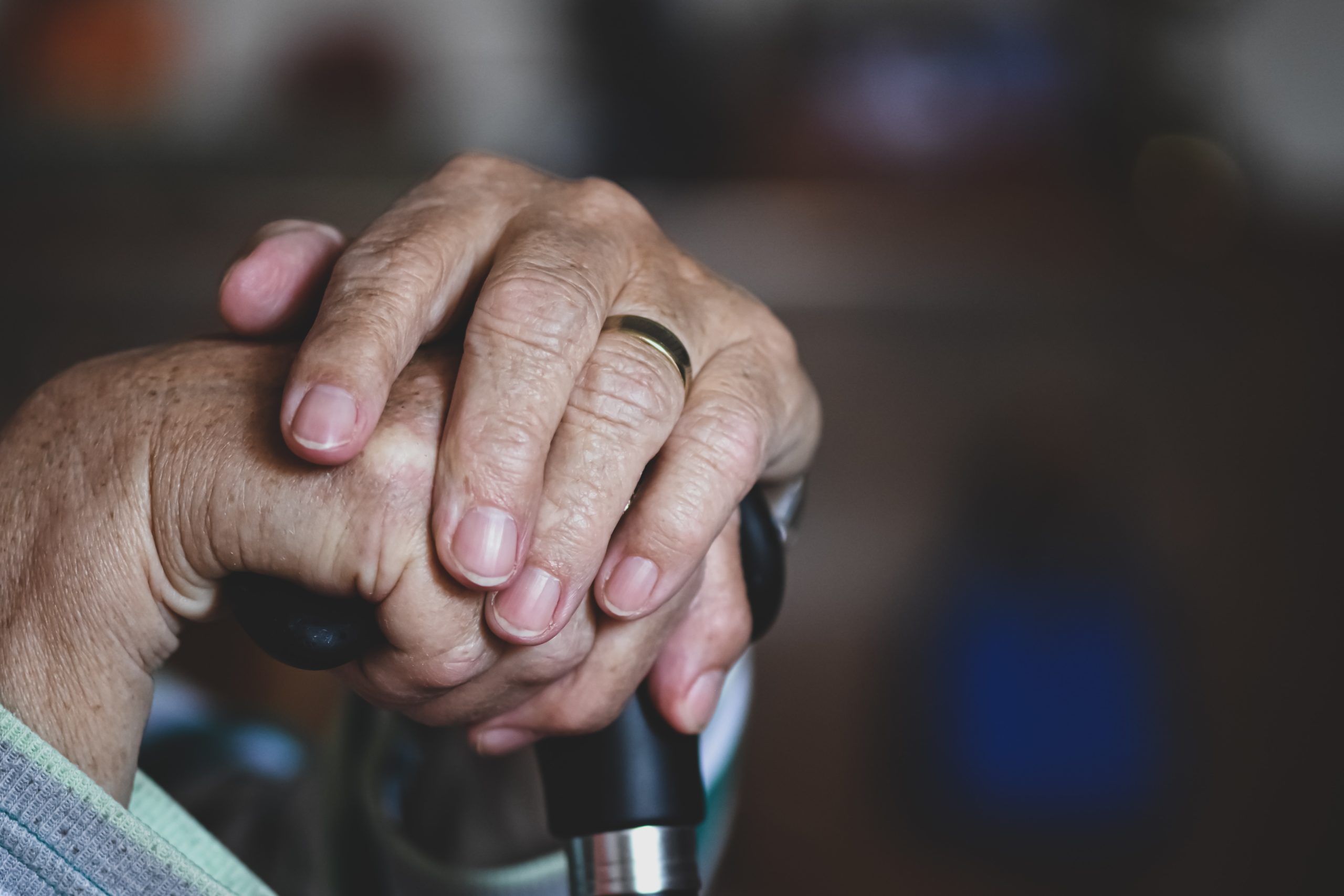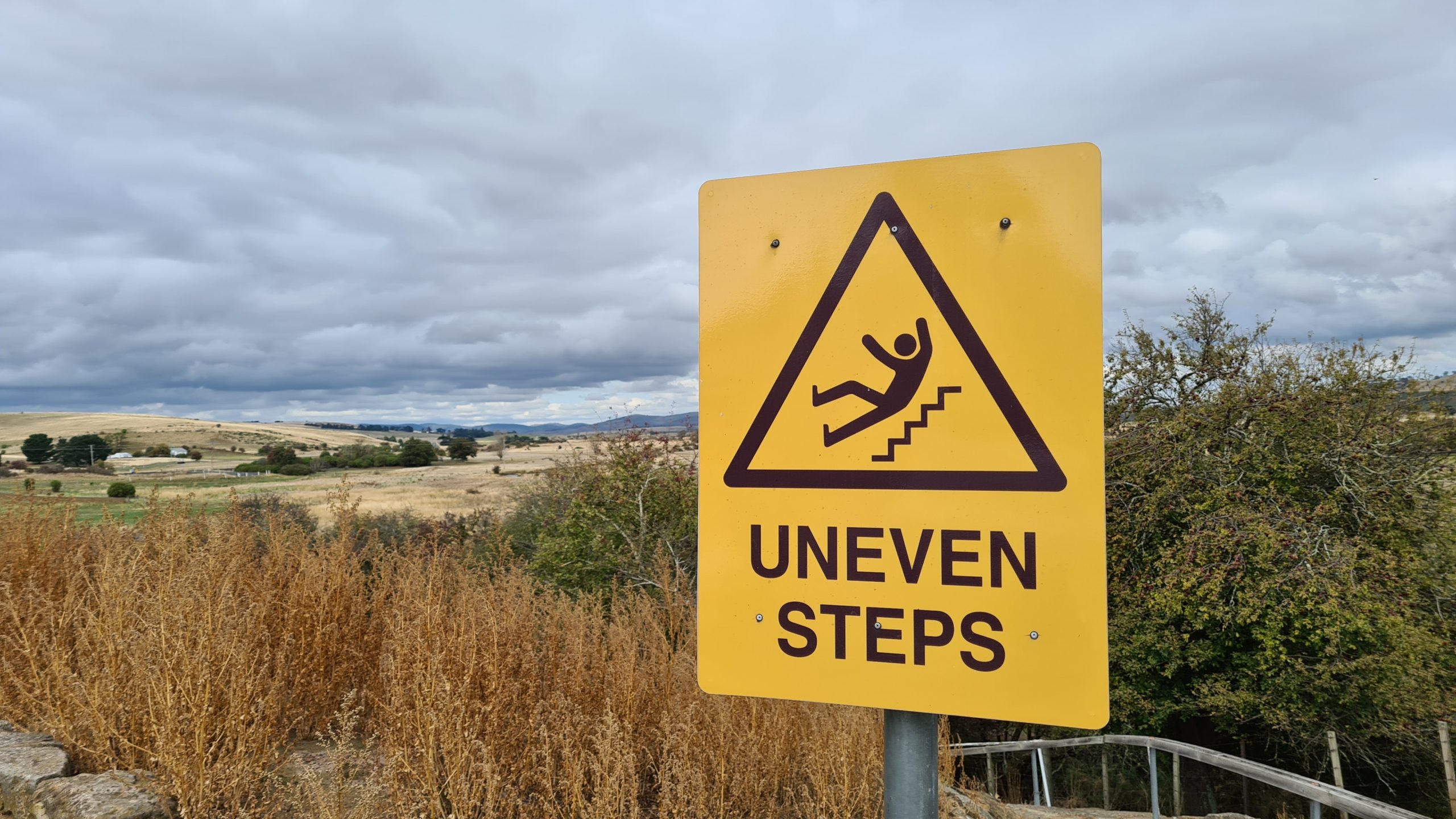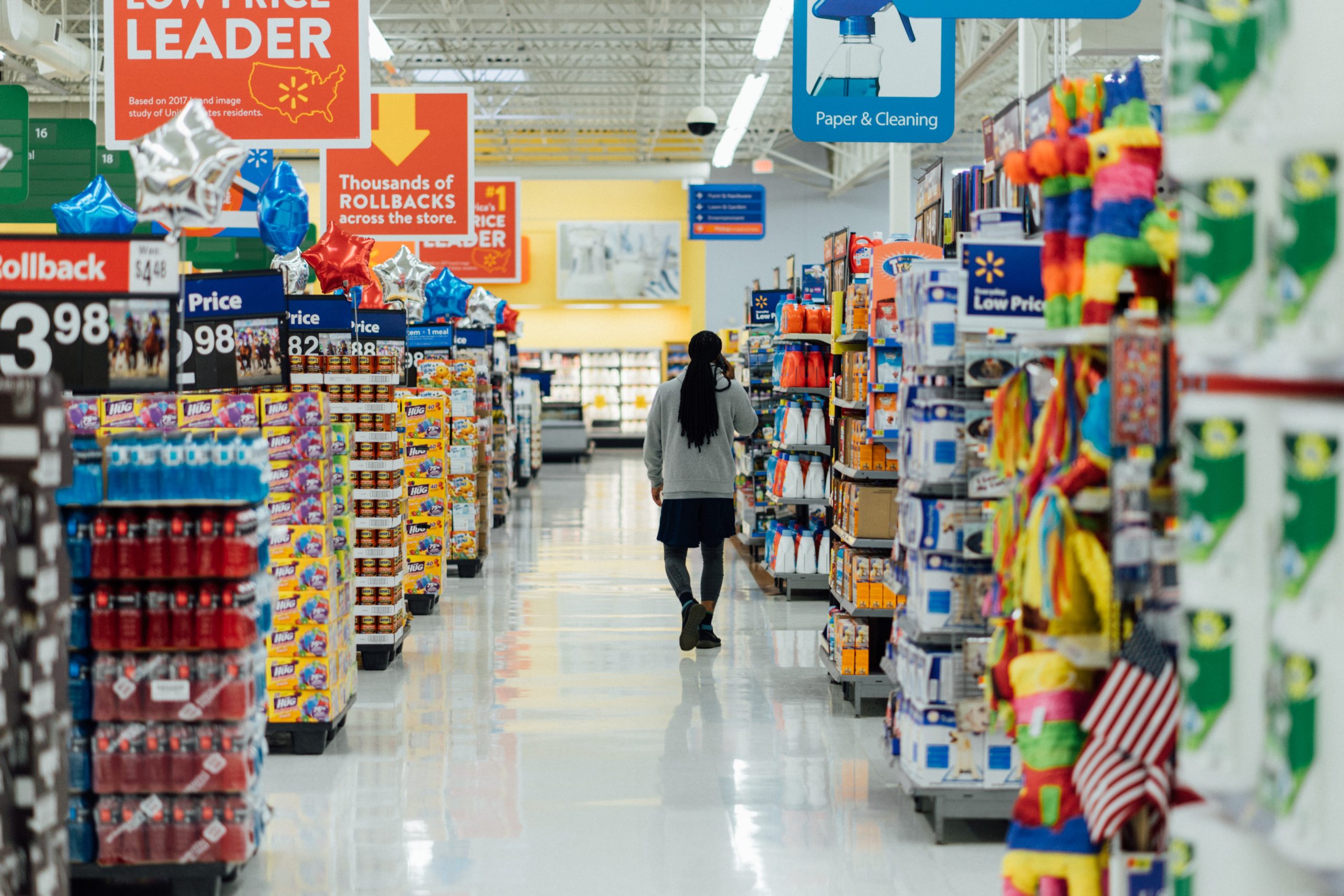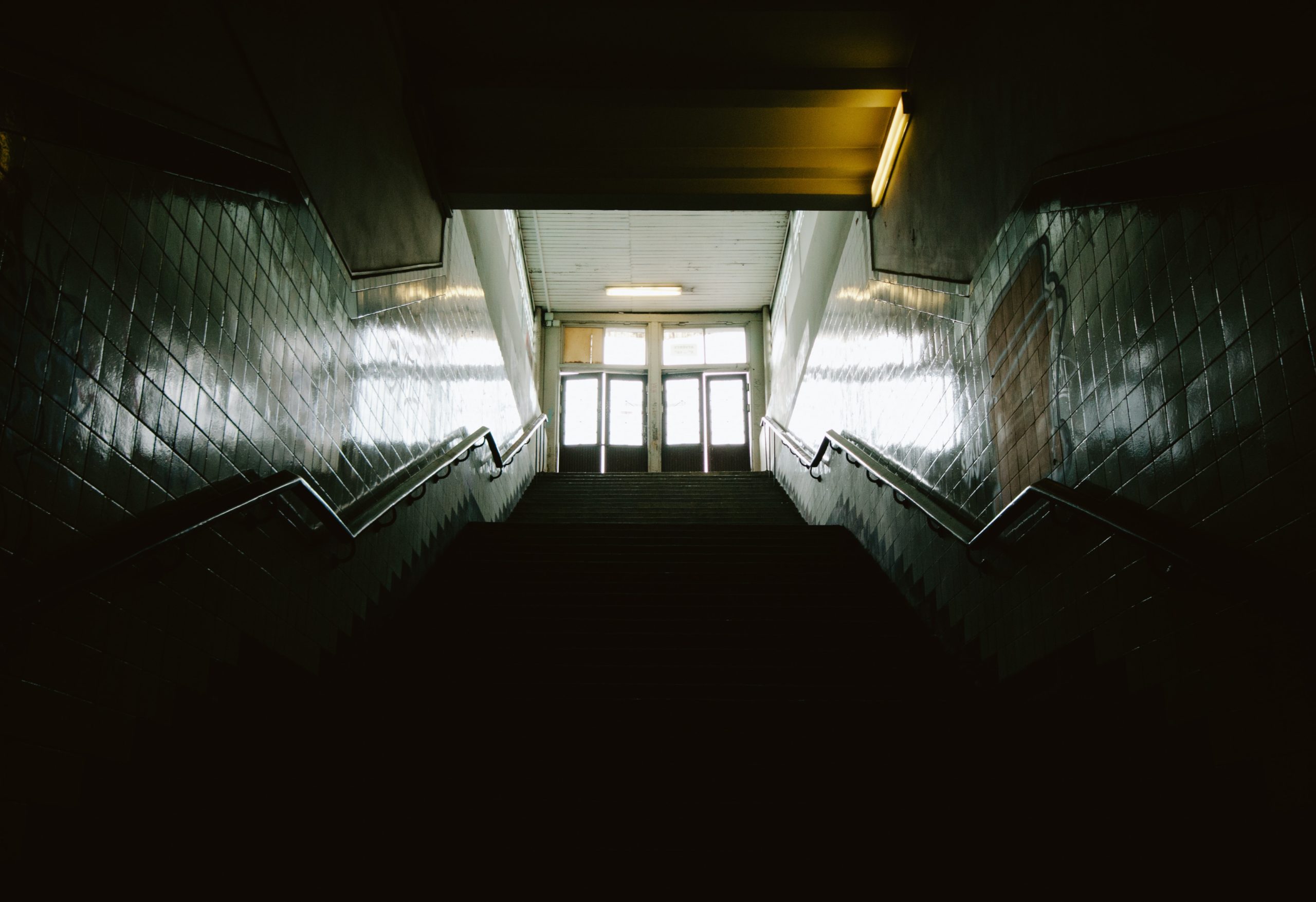Immediate Reporting: A Critical First Step
Many individuals may choose not to report a slip and fall incident due to embarrassment, a perceived lack of severity, or a misunderstanding of their rights, especially if the fall occurs at work or in a business establishment. However, failing to report an injury promptly can have several negative implications:
- Loss of Legal Recourse: In many jurisdictions, there are strict timelines for notifying employers or property owners about an injury to maintain eligibility for compensation claims. Delayed reporting can jeopardize one’s ability to seek compensation for medical bills, lost wages, and other damages.
- Difficulty in Proving the Incident: The longer you wait to report a slip and fall accident, the harder it becomes to prove that the incident occurred due to someone else’s negligence. Witnesses’ memories fade, and physical evidence can be cleaned up or disappear, making it challenging to establish the facts surrounding the incident.
Aside from the legal implications, the decision to forego immediate medical evaluation can have dire health consequences. Slip and fall accidents can result in a range of injuries, from minor bruises and sprains to more severe conditions such as fractures, head injuries, and spinal cord damage. Without prompt medical attention, these conditions can lead to chronic pain, long-term disability, or even life-threatening complications. For example:
- Hidden Injuries: Some injuries, like internal bleeding or concussions, may not present immediate symptoms. Delayed diagnosis and treatment can result in complications that are much more difficult to treat.
- Chronic Pain: Injuries left untreated or not properly addressed can develop into chronic pain conditions, significantly impacting quality of life and the ability to perform daily activities.
Reporting a slip and fall injury immediately not only facilitates access to necessary medical care but also serves as a crucial step in documenting the incident. This documentation is vital for several reasons:
- Legal Protection: It provides an official record that can be invaluable in any legal action or insurance claim process.
- Preventive Measures: Reporting incidents can prompt employers or property owners to address hazardous conditions, potentially preventing future accidents.
To mitigate the risks associated with unreported slip and fall injuries, consider the following steps:
- Report the Incident Immediately: Notify the relevant authorities or parties about the accident as soon as possible, regardless of the injury’s apparent severity.
- Seek Medical Attention: Even if injuries seem minor, undergo a thorough medical evaluation to rule out any serious conditions.
- Document Everything: Take photos of the scene, gather contact information from witnesses, and keep a detailed record of your injuries and any medical treatment received.
- Consult a Legal Professional: Consider speaking with a personal injury attorney to understand your rights and the potential for compensation, especially if the fall was due to negligence.
While slip and fall incidents may seem innocuous at first glance, the repercussions of unreported injuries can be far-reaching, affecting one’s health, financial stability, and legal rights. By understanding the importance of immediate reporting and seeking medical attention, individuals can protect themselves from the hidden dangers of these seemingly minor accidents. It’s crucial to recognize that taking prompt action not only safeguards your well-being but also ensures that responsible parties are held accountable, potentially preventing future injuries to others.


